- Original pre-war Silver Arrows made by Mercedes-Benz reunited on the racetrack at the Goodwood Revival (14 to 16 September 2012)
- Staged race to be held together with Auto Union vehicles
Mercedes-Benz Classic is bringing four original pre-war Silver Arrows to the racetrack at this year’s Goodwood Revival (14 to 16 September 2012). The Mercedes-Benz Grand Prix cars from the 1930s are playing the starring role in a staged race together with Auto Union vehicles from the Audi Tradition collection. “75 years after the cars made their debut in Britain, this is the first time that a significant number of Mercedes-Benz and Auto Union Silver Arrows will be sharing the same track,” says Michael Bock, Head of Mercedes-Benz Classic. “This guest appearance at Goodwood won’t hinge on hundredths of a second, however. It is instead a unique demonstration under simulated race conditions.”
The historical racing cars piloted by Mercedes-Benz drivers Roland Asch, Jochen Mass, Bernd Schneider and Jackie and Paul Stewart meet all the exacting standards of Mercedes-Benz Classic: they are originals, have been in company ownership since they were built and are authentic in virtually every detail. In cases, for example, where parts have had to be replaced for safety reasons, any new components are made precisely to the specifications and standards of the time. As the original manufacturer, Daimler AG has all the expertise that is needed to certify the authenticity of a vehicle and to maintain it in pristine condition.
This year the Goodwood Motor Circuit will be echoing to the sounds of a W 25 (1934), a W 125 (1937), a W 154 (1939), and a W 165 (1939) with their eight- and twelve-cylinder engines. Mercedes-Benz Classic is escorting the four Silver Arrows driving in the race in a Lo 2750 racing car transporter (1936), the same model that was once used to transport the first Silver Arrows.
Every autumn the Goodwood Revival at the UK circuit resurrects the great days of motorsport. At the heart of the festival are the enthralling races. Prominent among these are the Celebrity Races starring world-famous racing drivers from various classes and eras of motorsport, either in two-wheeled or four-wheeled vehicles. The Sports Car Races feature mainly sports cars that were entered in the official race at the Goodwood Motor Circuit between 1948 and 1966. The Single-Seater Races are reserved for monoposti of all sizes. There is also plenty on offer away from the track. The programme includes classic car auctions and exhibitions, an air show, a supermarket selling vintage products, and a traditional fairground. What’s more, race participants and most of the visitors dress in period clothing, contributing to the extraordinary atmosphere of this motor sport weekend.
The cars of Mercedes-Benz Classic at the Goodwood Revival 2012
Mercedes-Benz W 25, 1934
In autumn 1932, the motor sport body AIACR (Association Internationale des Automobile Clubs Reconnus) in Paris announced a new formula for Grand Prix races that was to come into force in 1934. The rules stipulated a maximum weight of 750 kilograms without fuel, oil, coolant, and tyres, but otherwise no restrictions for the constructors. In 1933, Mercedes-Benz made the decision to develop a new racing car bearing the designation W 25. Initial test drives quickly showed that this was a car destined for victory, thanks to its combination of slim body, mechanically supercharged 3.4-litre in-line eight-cylinder engine producing 354 bhp (260 kW), individual wheel suspension, and direct rear axle transmission.
Mercedes-Benz also decided on a new chassis colour for the W 25 – silver. Its debut had been planned for the Avus race in Berlin in May 1934, but the team had to withdraw at the last minute because of technical problems. As a result, the new car made its first appearance one week later, at the International Eifel race at the Nürburgring on 3 June. The W 25 lined up at the start in silver – supposedly, as legend has it, after the cars on the Nürburgring had been stripped of their white paint for weight reasons. Even though this race was not run in accordance with the 750-kg formula, the team was clearly determined to present a car that met the new regulations. The name “Silver Arrow” was coined some time later and gradually caught on over the years.
Mercedes-Benz W 125, 1937
A deafening roar erupts from the 600 bhp (441 kW) supercharged engine of the new Mercedes-Benz Silver Arrow as it makes its debut on 9 May 1937 at the Tripoli Grand Prix. This was the call of the ultimate racing car of 1937. Because not only did the Mercedes-Benz W 125 clinch victory in its debut race (with Hermann Lang at the wheel), but it went on to win many other competitions that year. Rudolf Caracciola drove the car to three victories in five races for Mercedes-Benz on his way to winning another European Championship.
It took great passion and engineering expertise to build this Grand Prix racer, which was based on an entirely new design. By going to great lengths in designing the car completely from scratch, the Mercedes-Benz racing department demonstrated a huge amount of faith in their new competition vehicle. After all, the W 125 was developed specifically for a single year – 1937 – the fourth and final season of the 750-kilogram formula. After three years of using the W 25, Mercedes-Benz entered a brand new racing car just as this great era drew to a close – it was a move that brought a huge amount of success.
Mercedes-Benz W 154, 1939
In September 1936, the AIACR laid down the Grand Prix formula that was to apply from 1938. The key points were a maximum displacement of 3 litres for mechanically supercharged engines and 4.5 litres for naturally aspirated engines, and weight from a minimum of 400 kilograms to a maximum of 850 kilograms, according to displacement. These specifications necessitated a completely new car, so the 1937 season was still in full swing when the Mercedes-Benz designers developed their car for the next racing season. The V12 engine of the new W 154 was run on the test bench from January 1938. During the races, drivers of the car had more than 468 hp (344 kW) at their disposal.
The W 154 Silver Arrow was indeed able to outdo the exploits of its predecessors, giving the Mercedes-Benz racing department its greatest number of victories during this era. The first race of the new season ended in disappointment, however. On the twisting circuit in Pau, France, the car was unable to display its full potential and was set back by a refuelling stop. But things rapidly improved thereafter. Mercedes-Benz won almost all major competitions that season and in 1939, the final racing season before the Second World War, Brauchitsch, Caracciola, and Lang repeated their triumphs of the previous year in the W 154.
Mercedes-Benz W 165, 1939
The W 165 formula racing car was developed by Mercedes-Benz in less than eight months to accommodate new rules which had been changed at short notice in 1939 for the Italian Grand Prix races organised by the Italian motorsports association. This included the prestigious Tripoli Grand Prix in Libya, then an Italian colony. These rules stipulated a maximum displacement of just 1.5 litres (rather than 3 litres).
For the new 1.5-litre engine, the engineers led by Max Sailer decided on an M 165 V8 unit producing 254 hp (187 kW). The right-hand cylinder bank of the short-stroke, 90-degree engine was positioned 18 millimetres further forward. The design of the frame and suspension was based on the three-litre W 154: an oval tubular frame with cross-members made of chromium-nickel-molybdenum steel, a De Dion rear axle with torsion bar suspension and a wishbone suspension with coil springs at the front. From the outside, the smaller Mercedes looked like its big brother, the W 154, although for reasons of space the driver in the W 165 sat slightly to the right.
Two W 165 cars raced at Tripoli, resulting in a famous double win for the marque with Hermann Lang coming first with an average speed of just under 198 km/h and Rudolf Caracciola finishing in second place.
Mercedes-Benz Lo 2750 racing transporter, 1936
Not quite as eye-catching as the Silver Arrows, but equally important for the image of the brand in the public eye, were the racing transporters. Where the blue trucks emblazoned with the words “Mercedes-Benz racing division” appeared, they quickly became the centre of attention. During the 1930s, the Mercedes-Benz racing transporters certainly played their part in the success of the Silver Arrows by bringing the cars to the Grand Prix racetracks on time, ensuring a reliable supply chain from the plant and acting as mobile workshops. Sometimes they were also used for ceremonial purposes: after major victories, with their tarpaulins lowered, they would display the winning Silver Arrows to the adoring public.
There was quite a fleet of them on the roads – and yet none survived the war years. Which is why Mercedes-Benz Classic Center has resurrected a racing transporter based on the original model: a Lo 2750 truck built in 1936 with a petrol engine developing 70 hp (51 kW) from a displacement of just under 5 litres. By virtue of their low-floor construction, this model and the models Lo 2000, Lo 2500, and Lo 3750 also used during the 1930s were the perfect choice for racing transporters.
The drivers for Mercedes-Benz Classic at the 2012 Goodwood Revival
Roland Asch
Born in Ammerbuch-Altingen, Baden-Württ., on 12 October 1950
A qualified car mechanic with his own successful car dealership in Ammerbuch near Tübingen, Asch has a passion not only for motor sport, but for the technology that makes motor sport possible in the first place. But he is no die-hard driver. Motorsport has always remained a hobby for him, albeit a time-consuming one. Roland Asch began his career in slalom racing and hillclimbs (1976 to 1982), securing the title of German Hillclimbing Champion in 1981 before achieving further success as the overall winner of three Porsche 944 Turbo Cups (1987/88/89) and one Carrera Cup (1989), and as runner-up after moving to the German Touring Car Championship. After starring in the German Racing Championship, he made his debut in the 1985 German Touring Car Championship. This was followed by engagements for the MS-Mercedes team in 1989, for the Snobeck-Mercedes team in 1990, for Zakspeed-Mercedes in 1991 and 1992, and for AMG-Mercedes in 1993. In 1992 (Eifel race, Hockenheim) and 1993 (Diepholz/Lower Saxony and twice at the Avus race in Berlin) he recorded five victories and a string of high-placed finishes. And in 1988 (Mercedes 190 E 2.3-16 for the BMK motorsport team) and 1993 (Mercedes 190 E 2.5-16 Evo II Class 1), he finished as runner-up with Mercedes-Benz in the German Touring Car Championship. Since 1995 – after moving to the Super Touring Car Cup – he has driven for various other racing teams.
Jochen Mass
Born in Dorfen near Wolfratshausen, Bavaria, on 30 September 1946
Jochen Mass, originally a trained seaman, began his richly varied motor sport career in 1968 racing touring cars for Alfa-Romeo and as a works team driver for Ford between 1970 and 1975. During this time, he won the 24 Hours of Spa-Francorchamps in 1972. At the same time, he drove in Formula 2 (1973) and in 105 Formula 1 Grands Prix (1973/74 for Surtees; 1975 to 1977 for McLaren; 1978 for ATS; 1979/80 for Arrows; 1982 for March). With the 1985 German Sportscar Championships under his belt and after a stint as a Porsche works team driver ending in 1987, he joined the Sauber-Mercedes team. He drove in Group C for this team until 1991. Partnered by Manuel Reuter and Stanley Dickens, he won the 1989 24 Hours of Le Mans in the new Silver Arrow, the Sauber-Mercedes C 9, and finished runner-up in the Group C World Championship that same year. Three years later, in 1992, Mass became involved in team management at the DTM. To this day, Jochen Mass still regularly drives for Mercedes-Benz at historical racing events.
Bernd Schneider
Born in St. Ingbert, Saarland, on 20 July 1964
Five-times DTM champion Bernd Schneider and his first racing successes were in karting and Formula 3. Schneider also took part in the Formula 1, the 24 Hours of Le Mans and the FIA GT Championships, winning this title in 1997. But the DTM became the stage on which he celebrated his greatest triumphs. Schneider drove for the AMG-Mercedes team from 1992 and won the German Touring Car Championship for the team in 1995 after being third in the overall placings in 1992 and 1993. After the DTM was revived as the German Touring Car Masters in 2000, Schneider won in the years 2000, 2001, 2003, 2006, and finished as runner-up in 2002. To this day, Bernd Schneider retains close links to the Mercedes-Benz brand as a test driver and ambassador.
Jackie Stewart
Born in Dunbartonshire, Scotland, on 11 June 1939
The racing career of the triple Formula One World Champion Sir John Young “Jackie” Stewart started in 1964 and from the very beginning he was extremely successful. After only one year he was already driving in the Formula One and then in 1969 came his first great triumph: he won the Formula One Championship driving for the Matra International team. In 1971, he won the cup a second time, and this was followed in 1973 for the third time, in both cases for the Elf Team Tyrrell. For over 14 years he held the record for the greatest number of Formula One victories with 27 wins and this was only broken in 1987 by Alain Prost. Time and again, Stewart also drove successfully in other racing series. He retired from active racing in 1973. Because of the frequent fatal accidents at that time, it is not surprising that Jackie Stewart was also one of the first to work hard for more safety in motor racing. In 1996, he founded the Team Stewart Grand Prix together with his son Paul Stewart; the team took part in Formula One racing from 1997 to 1999. At the end of 1999, the team was taken over by Ford and was run during the 2000 season under the name Jaguar Racing, and it continued finally from 2005 onwards under the name Red Bull Racing. In 1971, Jackie Stewart was honoured with the Order of the British Empire (OBE) for his services to his country.
Paul Stewart
Born in Dumbarton, Scotland, on 29 October 1965
Former Formula driver Paul Stewart, son of the triple Formula 1 champion Jackie Stewart, gained his first motorsport successes in the Formula Ford 2000. In 1988, he founded Team Paul Stewart Racing, competing in the British Formula 3 championships in 1989 and 1990 and the Formula 3000 from 1991 to 1993. During this time, he was teammate to Marco Apicella in 1991, David Coulthard in 1992, and Gil de Ferran in 1993. After that, despite his great successes, he said farewell to his active career in motor sport and from 1994 devoted himself to his duties as team manager. Between 1992 and 1994 and between 1996 and 2000, the team won eight Formula 3 championships. In 1996 together with his father Jackie Stewart, he founded Team Stewart Grand Prix which took part in the Formula 1 from 1997 to 1999. At the end of 1999, Ford took over the team which then continued in the 2000 season under the name Jaguar Racing and then from 2005 under the name Red Bull Racing.



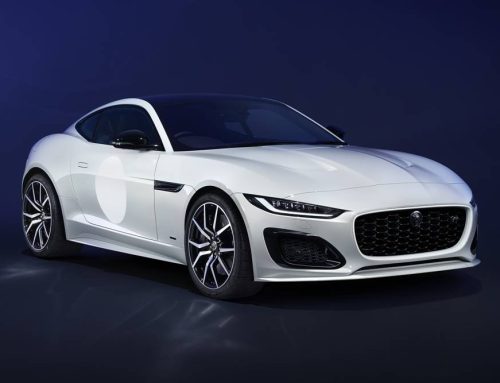
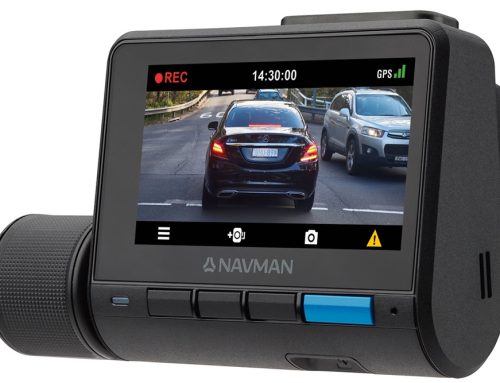
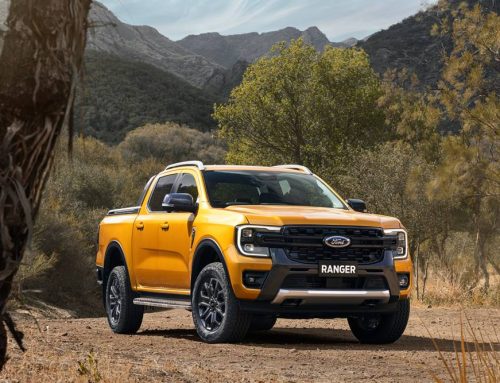
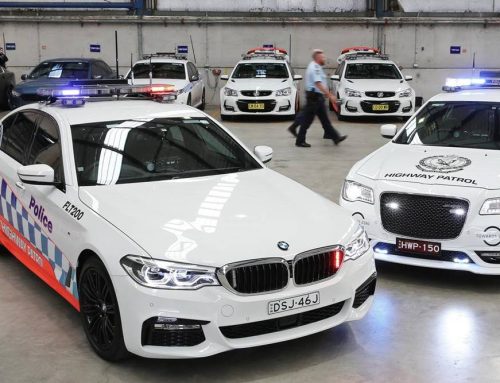
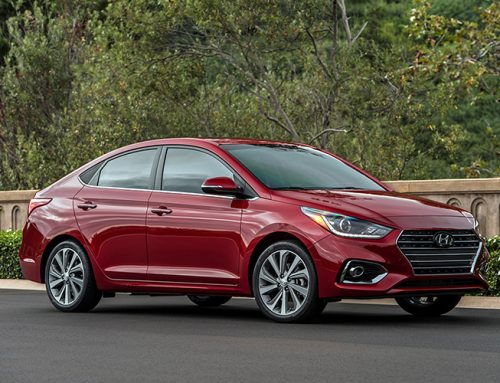
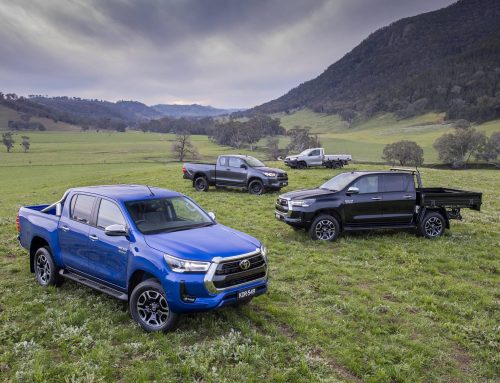

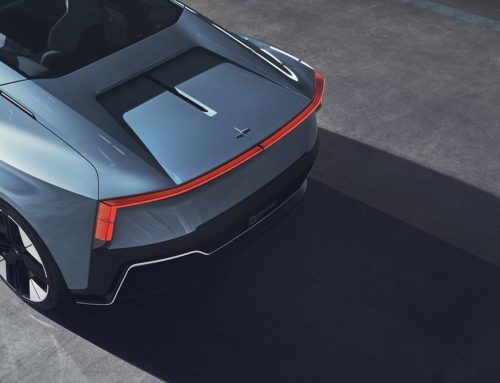

Very nice post. I just stumbled upon your blog and wanted to say that I have truly enjoyed
surfing around your weblog posts. After all I will be
subscribing on your rss feed and I hope you write again soon!